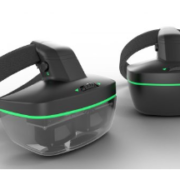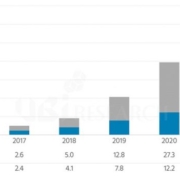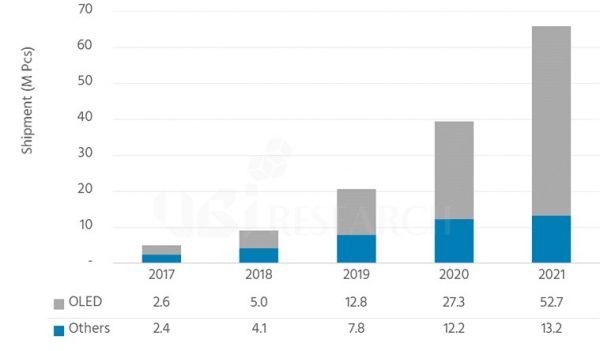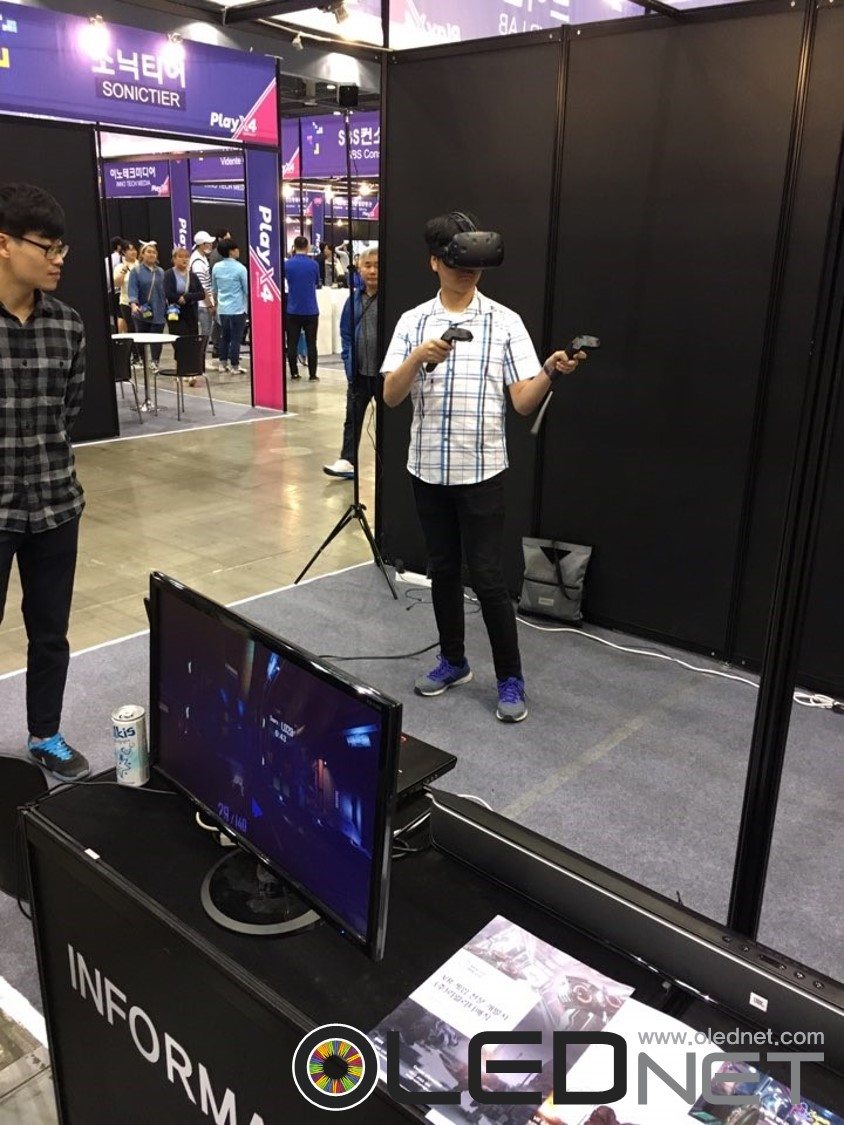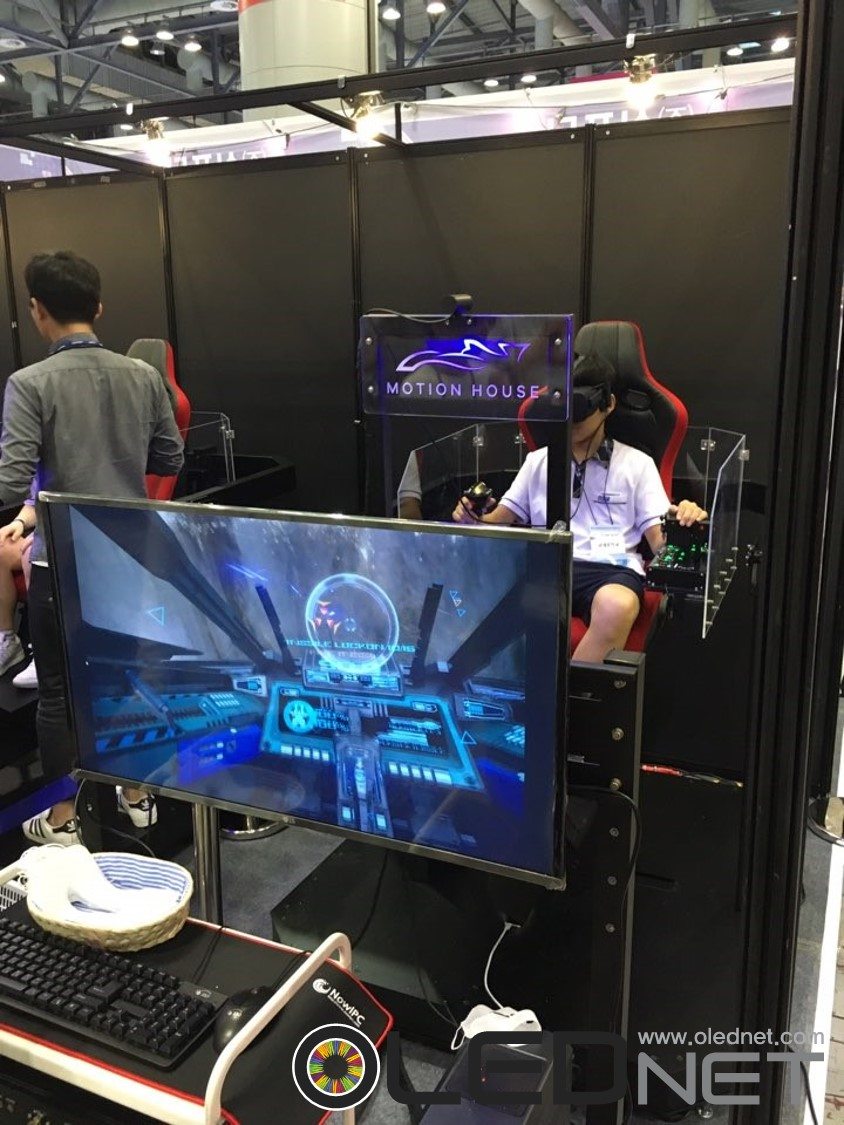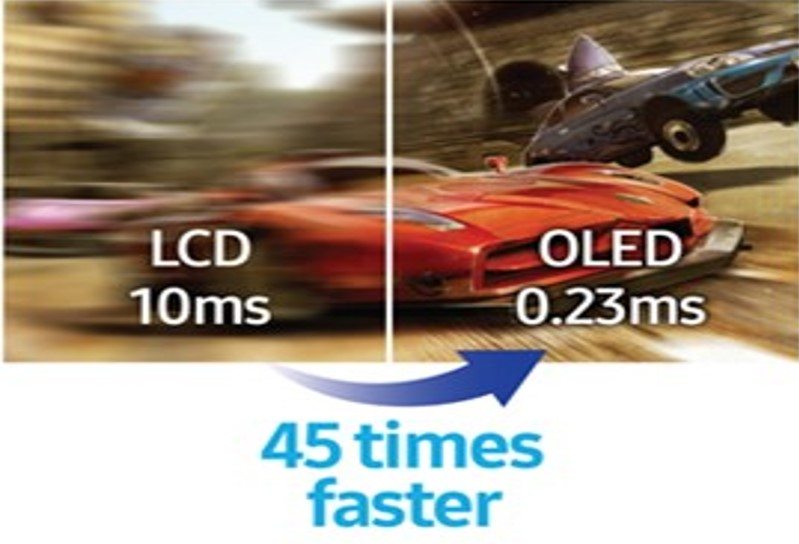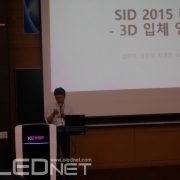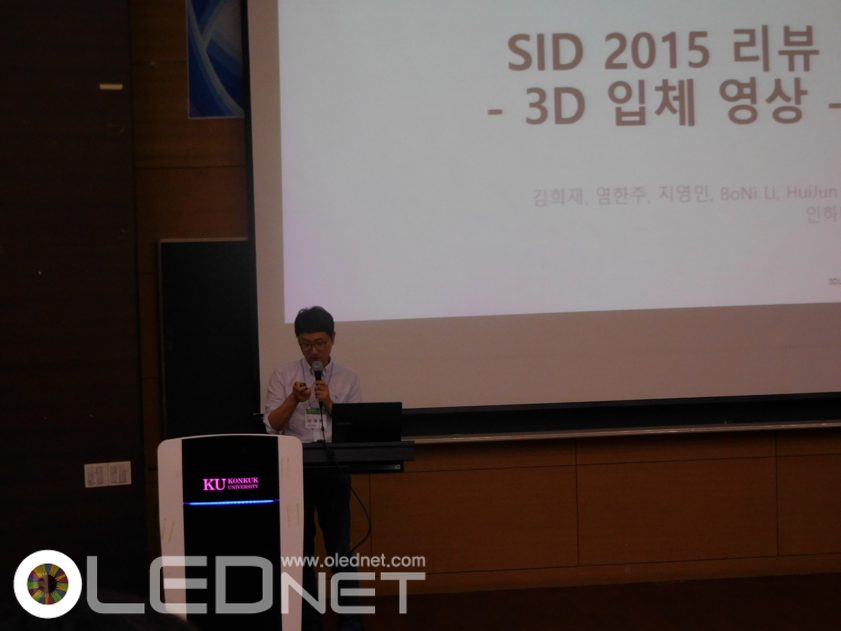Fraunhofer FEP will show bidirectional AR / VR head mounted display devices based on OLED microdisplay.
Fraunhofer FEP announced that they would show bidirectional AR / VR head mounted display devices based on OLED microdisplay at AWE Europe 2017 from October 19-20. According to Fraunhofer FEP, OLED microdisplay supports SVGA (800 x 600) resolution and can display augmented reality and virtual reality of 2D and 3D content via USB interface and HDMI connection. In addition, it is known that it is possible to use an eye tracking system that uses a photodiode to detect a user’s gaze.
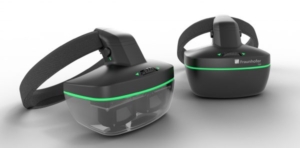
<New HMD device of Fraunhofer FEP, Source: Fraunhofer FEP>
Judith Baumgarten, developer of Fraunhofer FEP, commented, “This exhibition will showcase the quality and versatility of OLED microdisplay,” he said. “It will be a great opportunity to demonstrate Fraunhofer FEP know-how in electronic design.”
In the meantime, AR/VR devices have been developed mainly in the fields of entertainment and games. Fraunhofer FEP, however, is expected to support designers, engineers, surgeons, etc. and enable them to be used as educational media in almost every field.
On the other hand, augmented reality and virtual reality technology are attracting great attention as one of the main technologies of the 4th industrial revolution that has recently attracted attention, and products such as Oculus Rift and Gear VR are continuously being released. According to UBi Research, the AR/VR market will expand full scale in 2019, when 5G is introduced, which can mass-produce UHD contents and transfer large volumes of content fast and the total revenues of virtual reality and augmented reality products will reach $ 58.7 billion by 2021.

